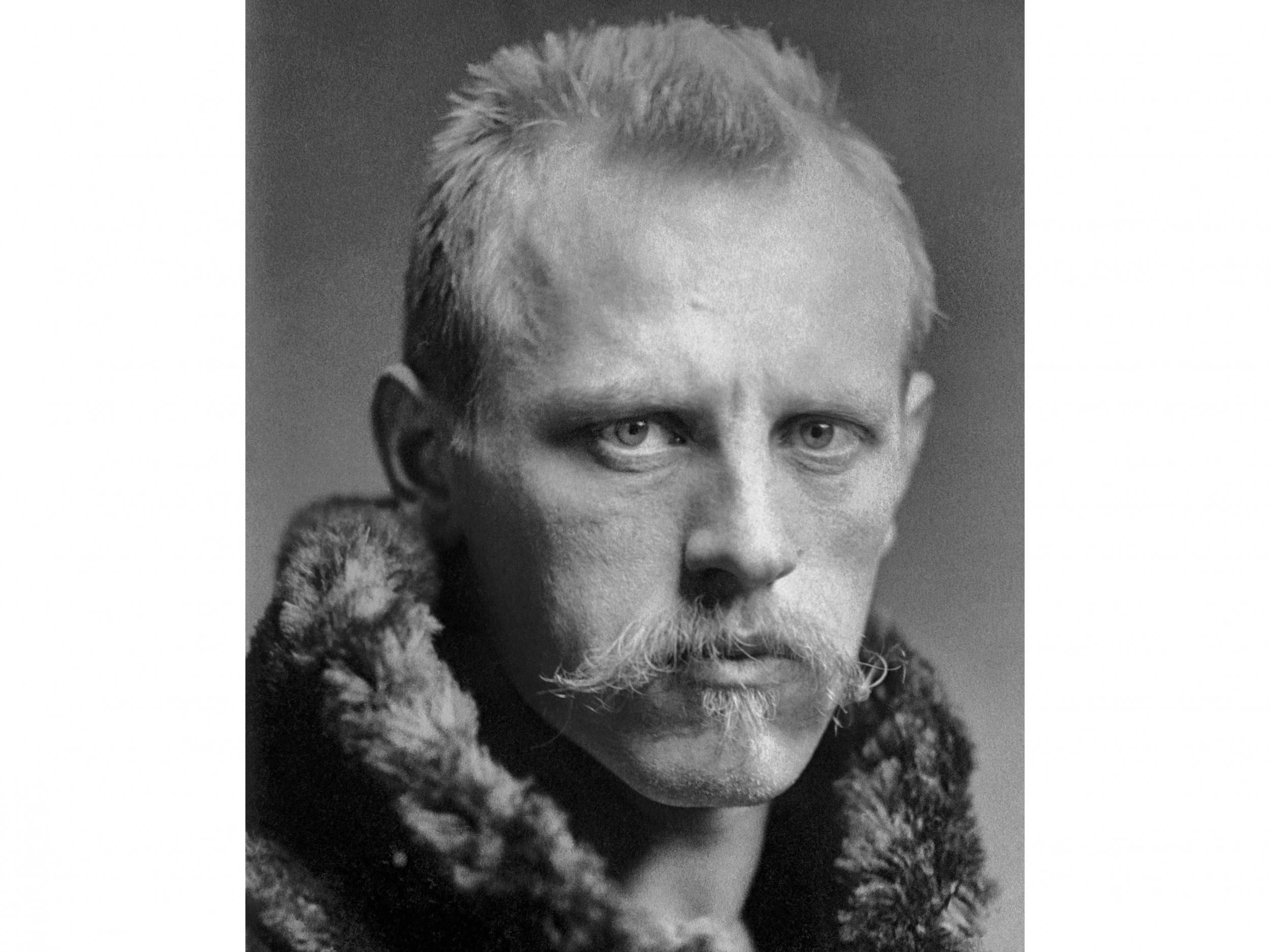Fridtjof Nansen: Five fascinating facts about the legendary Norwegian explorer
Explorer, diplomat and humanitarian activist became known for his compassion towards refugees
Norwegian explorer Fridtjof Nansen was, in one sense of the word, a jack of all trades.
The explorer, humanitarian activist and campaigner, author, scientist, academic and diplomat lived a full 69 years of activity – and his life is celebrated today in a Google Doodle, 156 years after his birth.
From winning a doctorate for his scientific research for studying the central nervous system of lower vertebrates to being awarded the Nobel Peace Prize in 1922, he gained accolades in whichever field he turned his hand to.
There are too many wonders in his life to list in one article, but here are five of the most astounding facts.
He was the first person to ski across Greenland in six weeks
Starting in October 1888, Nansen and five men became the first to cross the interior of Greenland.
They spent six weeks skiing across the ice cap, surviving temperatures of -45C over two months, and were forced to spend the winter in western Greenland before they could get a ship back to Norway.
During the expedition they had retrieved an invaluable amount of data about the barren, uninhabitable area.

He came close to crossing the Arctic on foot for the first time
Nansen and a colleague set out in March 1895 on foot to cross the vast, icy region.
The pair took a team of 28 huskies, three sledges and a 100 days’ worth of rations on their 400-mile hike to the Pole.
They were forced to turn back after 23 days and 140 miles, yet they had come closer than anyone else to reaching the landmark.
He negotiated the relaxation of an Allied blockade
In 1917 and with a wealth of diplomatic skill, he set off with Norwegian colleagues to Washington DC to help lift an Allied blockade which was preventing vital food supplies being delivered to Europe.
As a result he was named President of the Norwegian Union for the League of Nations at the Paris Peace Conference in 1919.
He helped repatriate 450,000 captured soldiers in a year
The League of Nations asked the explorer-turned-diplomat to help repatriate prisoners of war. Around 450,000 soldiers returned safely to their homelands between 1920 and 1921.
As administrator for the High Commission of Refugees, he introduced the Nansen Passport, allowing migrants from war-torn countries like Russia, Turkey, Armenia and Syria to travel to be recognised by 52 foreign governments.
He saved 22 million people from starvation
In post-revolutionary Russia, he helped to direct Red Cross aid to those affected by famine.
His planning was credited with saving as many as 22 million people.
He also negotiated the exchange of civilians trapped in enemy territory when war broke out between Greece and Turkey and helped those affected by the Armenian genocide.
Join our commenting forum
Join thought-provoking conversations, follow other Independent readers and see their replies
Comments